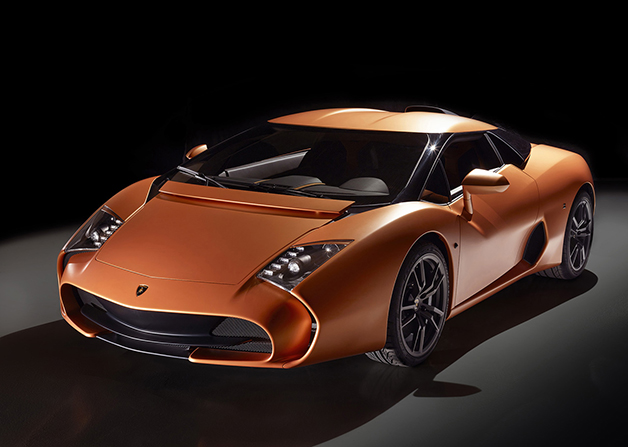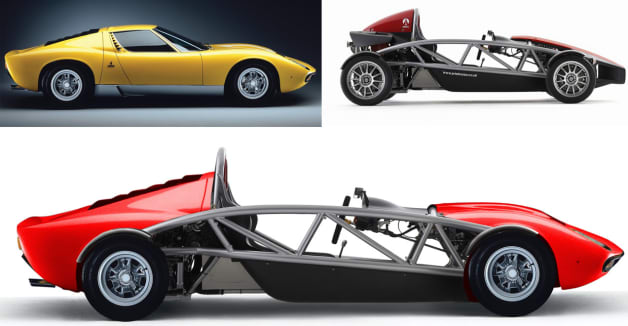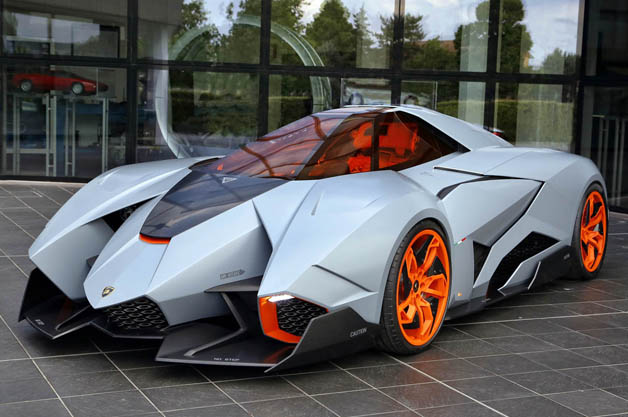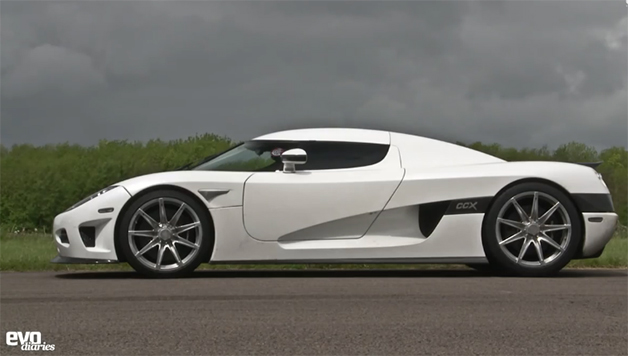Porsche’s near-comical expansion of the 911 family—there were more than 20 derivatives of the last-gen car—makes it all but certain to capture every last potential buyer. It also guarantees constant attention over the 911’s life span as the inevitable waves of redesigned variants roll in one after the other. We’ve already seen the convertible and four-wheel-drive models drawn from the 991 gene pool. Now it’s time for a more sporting version: the GT3. Introduced as a 2010 model, the last GT3 was powerful, fast, and among the most satisfying cars extant. Porsche’s challenge is to improve on it while incorporating the new generation’s longer wheelbase and wider tracks. Here’s how Stuttgart brings the ruckus:

steering
As with the new 911, the GT3 gets electrically assisted rack-and-pinion steering specifically calibrated for this application. The last GT3 had perhaps the sweetest steering feel we’ve experienced, so we will be looking closely at the execution of this critical control. Perhaps even more significant is the addition of rear-wheel steering in which two actuators steer the rear wheels up to 1.5 degrees. Below 31 mph, the rear wheels steer opposite the fronts to improve maneuverability and provide quicker directional changes. Above 50, they steer in sync with the fronts for increased high-speed stability, making the GT3 feel as if its wheelbase were 20 inches longer at speed.

aerodynamics
As usual, the GT3 is distinguished by larger front air intakes to provide the cooling necessary for extended track use—Porsche claims that 80 percent of GT3s spend time at the racetrack. There’s also a prominent lip spoiler, an adjustable rear wing, and a composite molding that incorporates the engine air intakes. A diffuser supplements the downforce produced by the new wing.
Porsche unveiled the 991 GT3 cup racer alongside the production car. Racing is no small business for Porsche: It sold more than 1500 race cars based on the 997 GT3.

power
The previous GT3 was the only 911 that didn’t get direct fuel injection, yet it still managed to extract 435 horsepower and 317 pound-feet of torque from its 3.8 liters. The 2014 version finally gets direct injection, plus a whole lot more to bump output to 475 ponies and 325 pound-feet from the same displacement. Based on the latest Carrera S engine and sharing its bore and stroke, the new GT3 engine has forged pistons and titanium rods, hollow valve stems, new cylinder heads with finger-follower valve actuation, and a more elaborate dry-sump lubrication system with seven oil pickups. The engine is some 55 pounds lighter than the old one, but more robust. Its power peak jumps from 7600 rpm to 8250 and its redline from 8400 to 9000. Credit a freer-flowing intake system, camshafts with long duration and lots of lift, and a 12.9:1 compression ratio. The 3.8’s 125 horsepower per liter ties the Ferrari 458’s 4.5-liter V-8 for the highest specific output for a naturally aspirated engine in production. Porsche claims a top speed of 196 mph. Based on the 3.6-second zero-to-60 time of the last GT3 we tested and the addition of a dual-clutch auto with launch control, we’d expect this one to manage the job in 3.2 seconds and to cover the quarter-mile in about 11.6 seconds.
Porsche’s near-comical expansion of the 911 family—there were more than 20 derivatives of the last-gen car—makes it all but certain to capture every last potential buyer. It also guarantees constant attention over the 911’s life span as the inevitable waves of redesigned variants roll in one after the other. We’ve already seen
the convertible and
four-wheel-drive models drawn from the 991 gene pool. Now it’s time for a more sporting version: the GT3. Introduced as a 2010 model,
the last GT3 was powerful, fast, and among the most satisfying cars extant. Porsche’s challenge is to improve on it while incorporating the new generation’s longer wheelbase and wider tracks. Here’s how Stuttgart brings the ruckus:

steering
As with the new 911, the GT3 gets electrically assisted rack-and-pinion steering specifically calibrated for this application. The last GT3 had perhaps the sweetest steering feel we’ve experienced, so we will be looking closely at the execution of this critical control. Perhaps even more significant is the addition of rear-wheel steering in which two actuators steer the rear wheels up to 1.5 degrees. Below 31 mph, the rear wheels steer opposite the fronts to improve maneuverability and provide quicker directional changes. Above 50, they steer in sync with the fronts for increased high-speed stability, making the GT3 feel as if its wheelbase were 20 inches longer at speed.

aerodynamics
As usual, the GT3 is distinguished by larger front air intakes to provide the cooling necessary for extended track use—Porsche claims that 80 percent of GT3s spend time at the racetrack. There’s also a prominent lip spoiler, an adjustable rear wing, and a composite molding that incorporates the engine air intakes. A diffuser supplements the downforce produced by the new wing.

power

The previous GT3 was the only 911 that didn’t get direct fuel injection, yet it still managed to extract 435 horsepower and 317 pound-feet of torque from its 3.8 liters. The 2014 version finally gets direct injection, plus a whole lot more to bump output to 475 ponies and 325 pound-feet from the same displacement.
Based on the latest Carrera S engine and sharing its bore and stroke, the new GT3 engine has forged pistons and titanium rods, hollow valve stems, new cylinder heads with finger-follower valve actuation, and a more elaborate dry-sump lubrication system with seven oil pickups. The engine is some 55 pounds lighter than the old one, but more robust. Its power peak jumps from 7600 rpm to 8250 and its redline from 8400 to 9000. Credit a freer-flowing intake system, camshafts with long duration and lots of lift, and a 12.9:1 compression ratio. The 3.8’s 125 horsepower per liter ties the
Ferrari 458’s 4.5-liter V-8 for the highest specific output for a naturally aspirated engine in production. Porsche claims a top speed of 196 mph. Based on the 3.6-second zero-to-60 time of the last GT3 we tested and the addition of a dual-clutch auto with launch control, we’d expect this one to manage the job in 3.2 seconds and to cover the quarter-mile in about 11.6 seconds.












 steering
steering 














